18 GPTs for Virtual Try-On Powered by AI for Free of 2026
AI GPTs for Virtual Try-On leverage Generative Pre-trained Transformers to offer innovative solutions in the fashion and retail industries. These tools utilize AI to allow users to virtually try on clothes, accessories, or even makeup, enabling a digital fitting experience. By understanding user preferences and body dimensions, AI GPTs can simulate how different items will look on a person, enhancing the online shopping experience. This technology is pivotal for tailoring user experiences, reducing return rates, and bridging the gap between online and physical shopping by providing a realistic try-on experience.
Top 10 GPTs for Virtual Try-On are: Height Estimator,Fitting Room,TATOOART,Style Savvy,Deal Swagger,Virtual Fashion Stylist,ColorPopContact Lens Selector,Ashish Vijay GPT,AFRO GENESIS - Fashion & Design Hub,Kicks and More
Height Estimator
AI-Powered Height Estimation

Fitting Room
Transforming your wardrobe with AI.
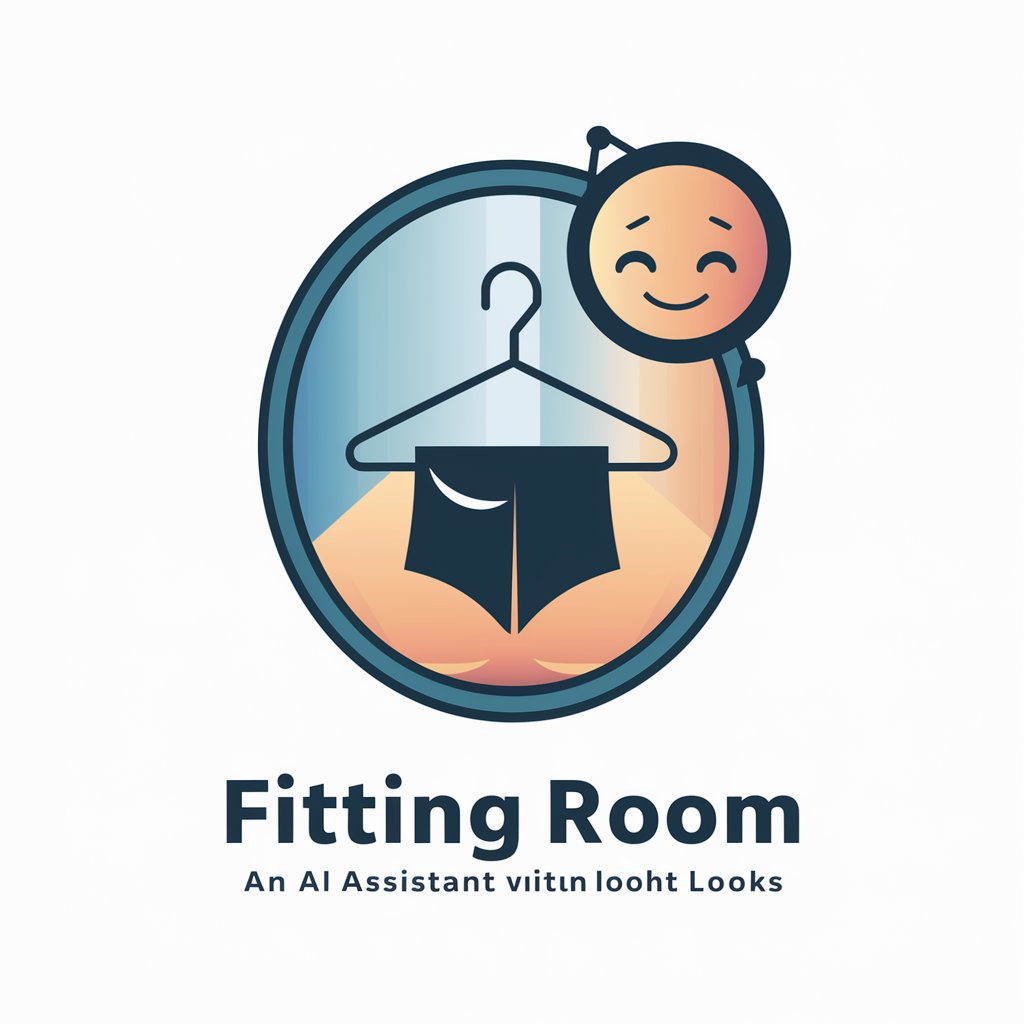
TATOOART
Visualize Tattoos with AI Power

Style Savvy
Tailoring Your Style with AI

Deal Swagger
Find your next deal, sustainably.

Virtual Fashion Stylist
Revolutionize your style with AI-powered fashion advice.

ColorPopContact Lens Selector
Transform your look with AI precision.

Ashish Vijay GPT
Empowering gemstone knowledge with AI.

AFRO GENESIS - Fashion & Design Hub
Empowering Individuality Through AI-Powered Fashion
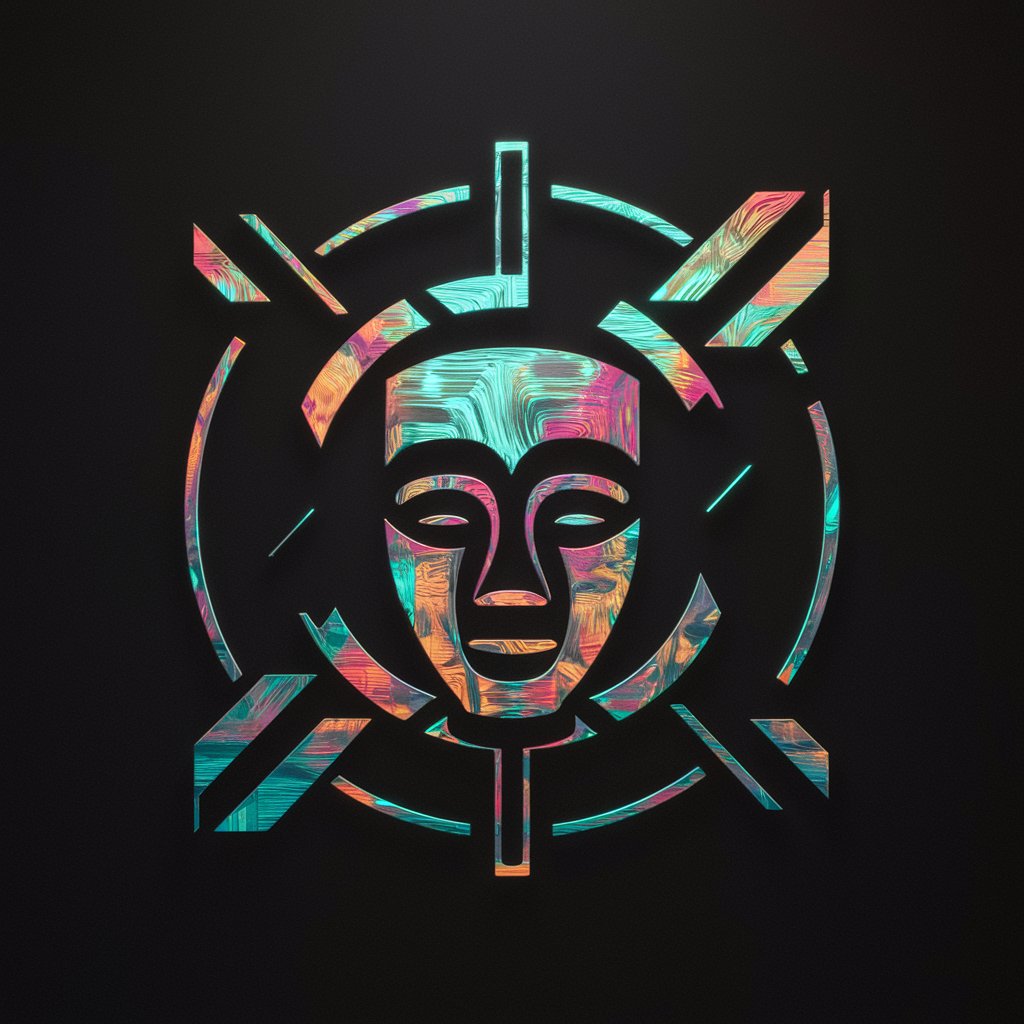
Kicks and More
Revolutionizing shoe shopping with AI
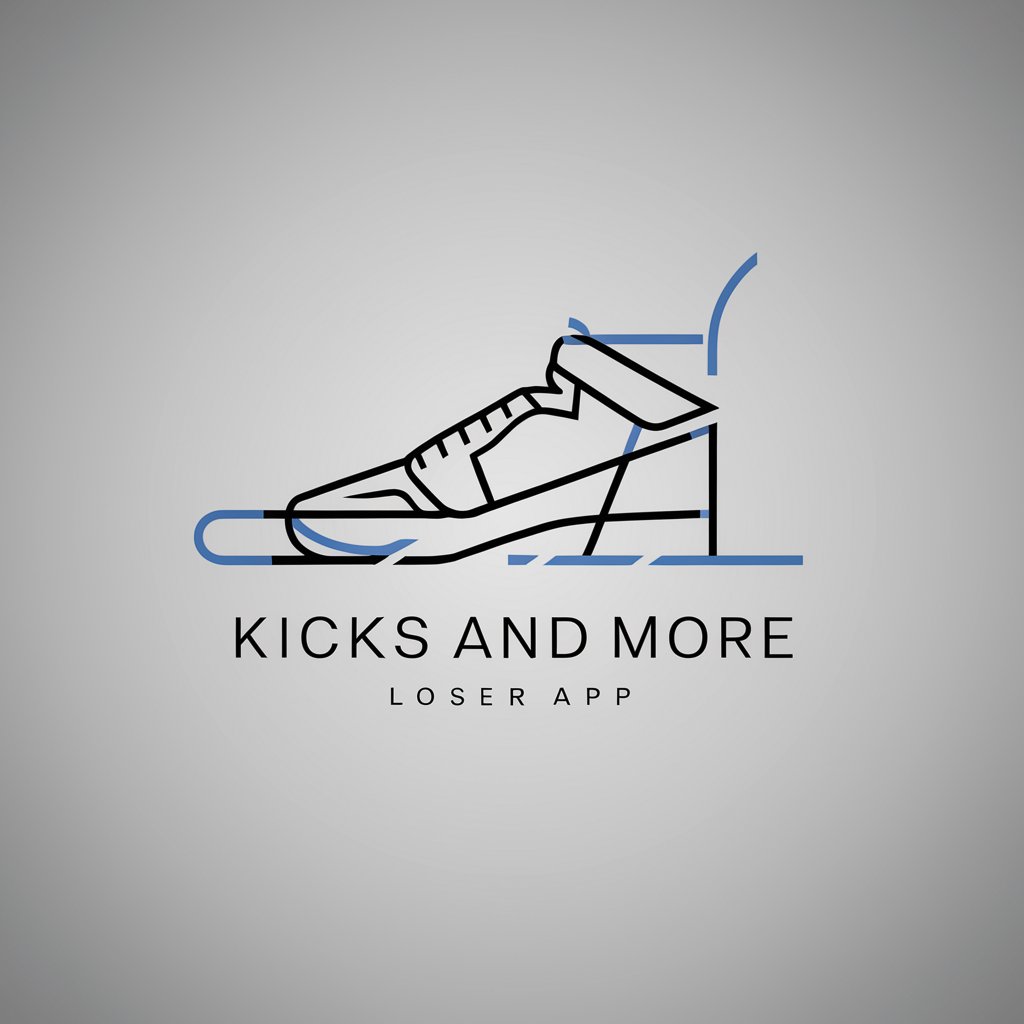
Dapperly
Tailoring Men's Fashion with AI

Fit Finder
AI-powered Personalized Fit & Style Guide

Hair Style Advisor
AI-Powered Personal Hairstyle Advisor

قواعد تنسيق الملابس
AI-Powered Fashion Styling at Your Fingertips
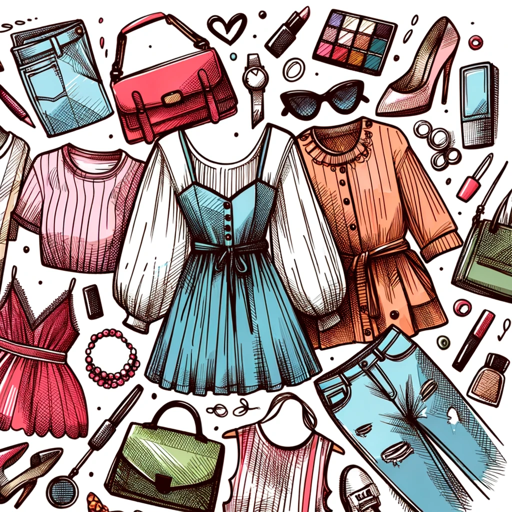
Sunglass Stylist 2.0
Visualize Style with AI Precision

MyStyle
Revolutionizing hairstyling with AI precision.

From Face to Whole body 顔写真から全身に拡張
Turn Faces into Fashionable Figures
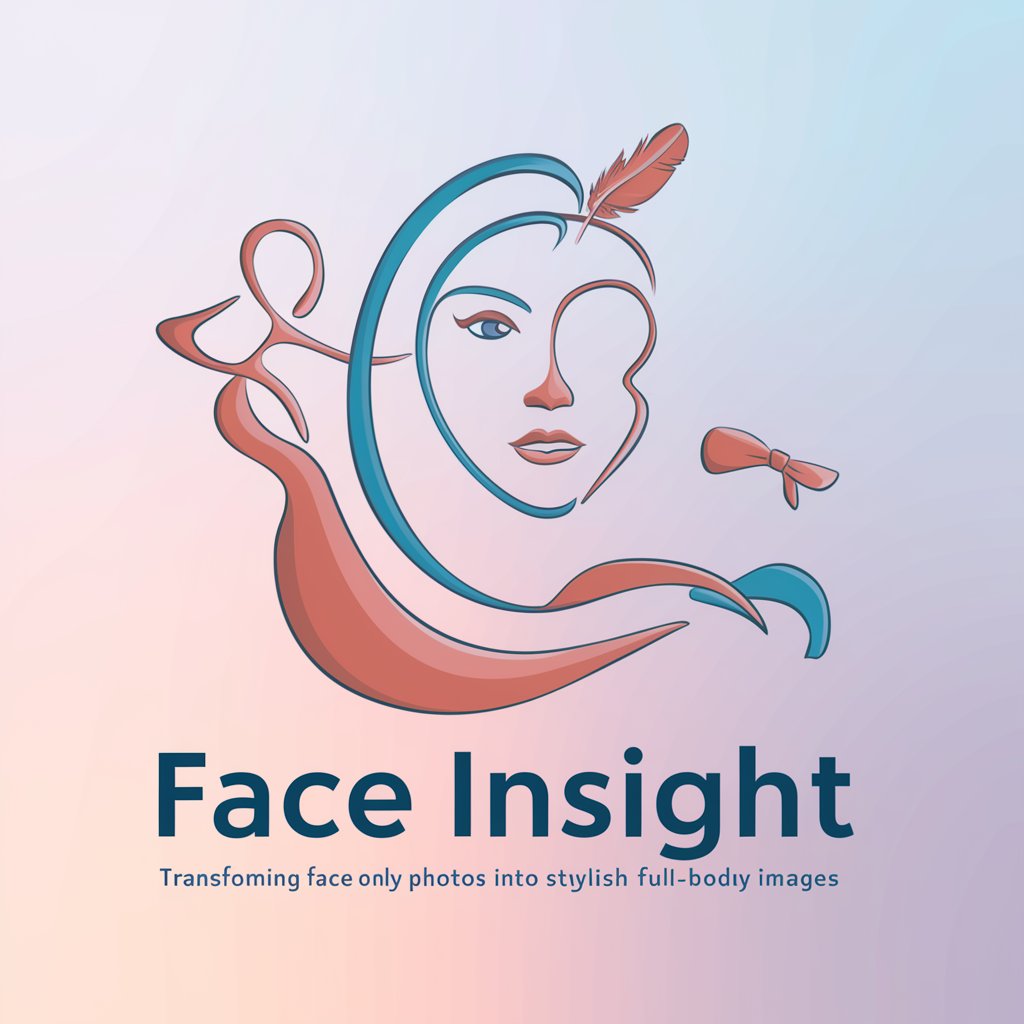
Inkspire Tattoo Bot
Designing Meaningful Tattoos with AI
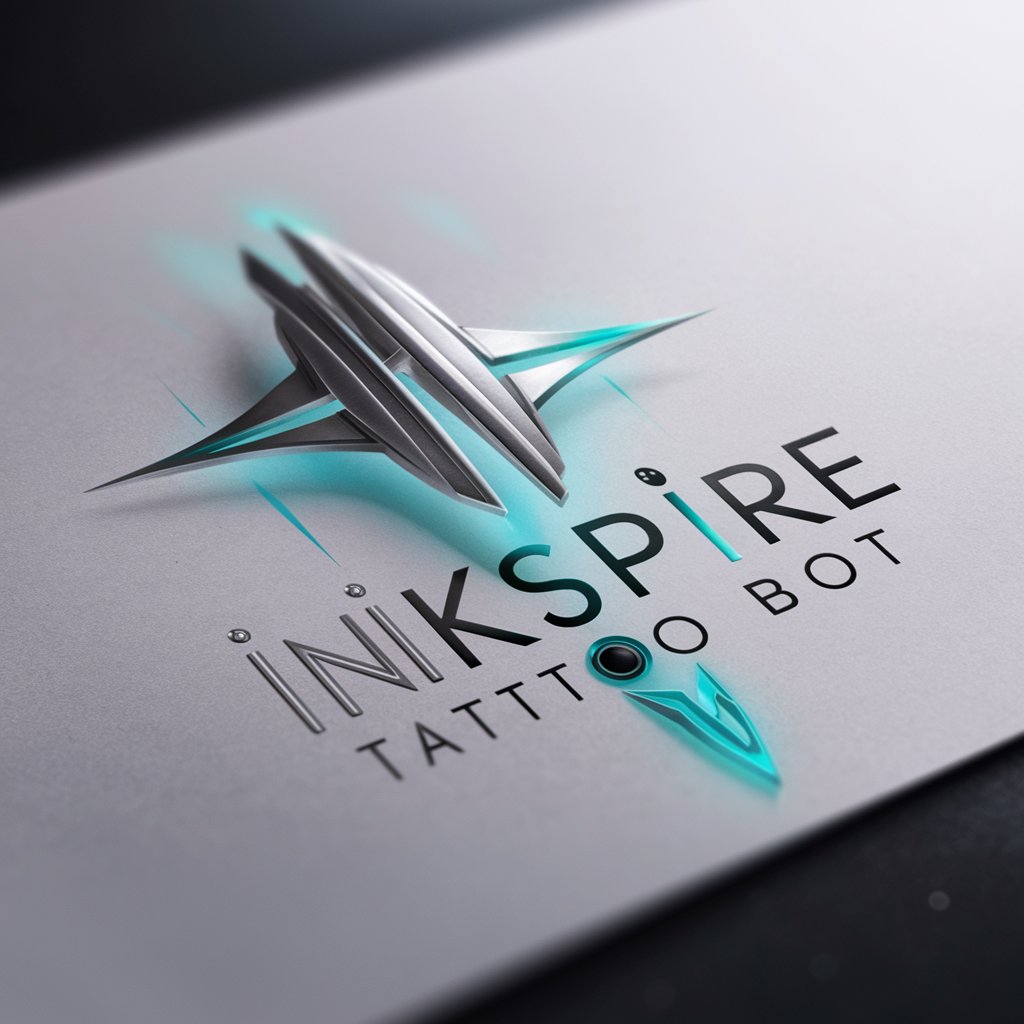
Essential Characteristics & Abilities
AI GPTs for Virtual Try-On are distinguished by their adaptability, ranging from basic try-on simulations to complex personalization tasks. These include real-time fitting simulations, personalized fashion recommendations based on user preferences and body type, and interactive feedback capabilities. Special features also encompass natural language processing for improved user interactions, technical support for integrating these tools into existing retail platforms, and sophisticated image creation algorithms to generate realistic try-on visuals. Their ability to analyze and interpret complex data sets for tailored fashion advice further sets them apart.
Intended Users
The primary beneficiaries of AI GPTs for Virtual Try-On include consumers looking for a seamless online shopping experience, fashion retailers aiming to reduce return rates and enhance customer satisfaction, and developers seeking to integrate advanced AI try-on features into shopping platforms. These tools are designed to be accessible to individuals without coding skills, offering easy-to-use interfaces, while also providing extensive customization options for professionals with technical expertise.
Try Our other AI GPTs tools for Free
Financial Assistance
Discover how AI GPTs for Financial Assistance can transform your financial planning and analysis. Leveraging advanced AI, these tools offer personalized advice, market insights, and more.
Legal Support
Discover how AI GPTs for Legal Support transform the legal field with advanced tools designed for document automation, research, and analysis, making legal assistance more efficient and accurate.
Resource Discovery
Discover how AI GPTs revolutionize resource discovery, offering tailored, efficient solutions across fields. Perfect for professionals and novices alike.
Driving Test Prep
Master your driving test with our AI-based preparation tools, designed to provide personalized learning experiences and comprehensive practice tests.
Law Clarification
Discover how AI GPTs for Law Clarification can transform your understanding of legal concepts, making legal information accessible and easy to navigate for everyone.
Creación Musical
Discover the future of music creation with AI GPTs for Creación Musical, offering innovative tools for composition, lyric writing, and production tailored to your musical style.
Deeper Understanding
AI GPTs for Virtual Try-On not only enhance the shopping experience but also offer valuable insights for retailers on customer preferences and behavior. Their integration into existing e-commerce platforms can streamline the shopping process, making it more engaging and efficient. Furthermore, the user-friendly interfaces of these tools ensure that both tech-savvy and non-technical users can easily navigate the digital try-on process, broadening the accessibility of advanced shopping technologies.
Frequently Asked Questions
What is an AI GPT for Virtual Try-On?
It's a tool that uses AI, specifically Generative Pre-trained Transformers, to simulate how clothes, accessories, or makeup will look on a user, facilitating a digital try-on experience.
Who can benefit from using these AI GPTs?
Both consumers and retailers can benefit, including online shoppers seeking a realistic try-on experience and fashion brands looking to enhance customer satisfaction and reduce returns.
Do I need coding skills to use these tools?
No, these tools are designed to be user-friendly for non-technical users, with intuitive interfaces and no coding requirement for basic operations.
Can developers customize these AI GPTs for specific needs?
Yes, developers can leverage the tools' API and advanced features to tailor the try-on experience to specific customer needs or integrate with existing platforms.
How do these tools improve the online shopping experience?
By providing realistic try-on simulations, they help customers make more informed decisions, reducing the likelihood of returns and increasing satisfaction.
Can AI GPTs for Virtual Try-On predict fashion trends?
While primarily focused on try-on simulations, these tools can analyze large data sets and customer interactions to help forecast emerging trends.
Is personal data secure when using Virtual Try-On technologies?
Reputable providers implement robust data protection measures to ensure personal information and images are securely handled and stored.
How realistic are the try-on simulations?
Advancements in AI and image processing technology allow for highly realistic simulations, closely mirroring how items would look in real life.